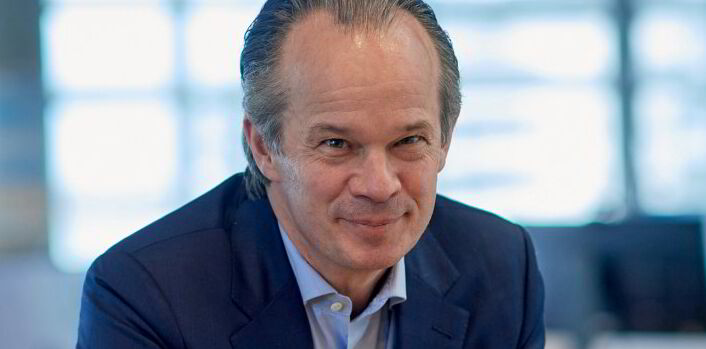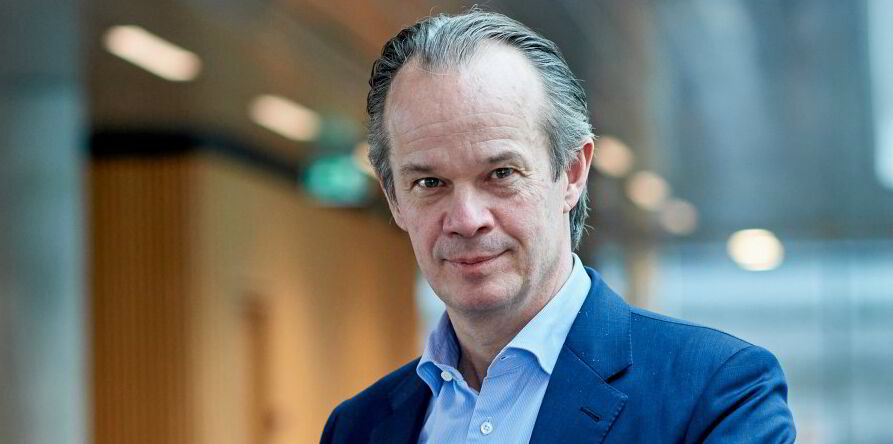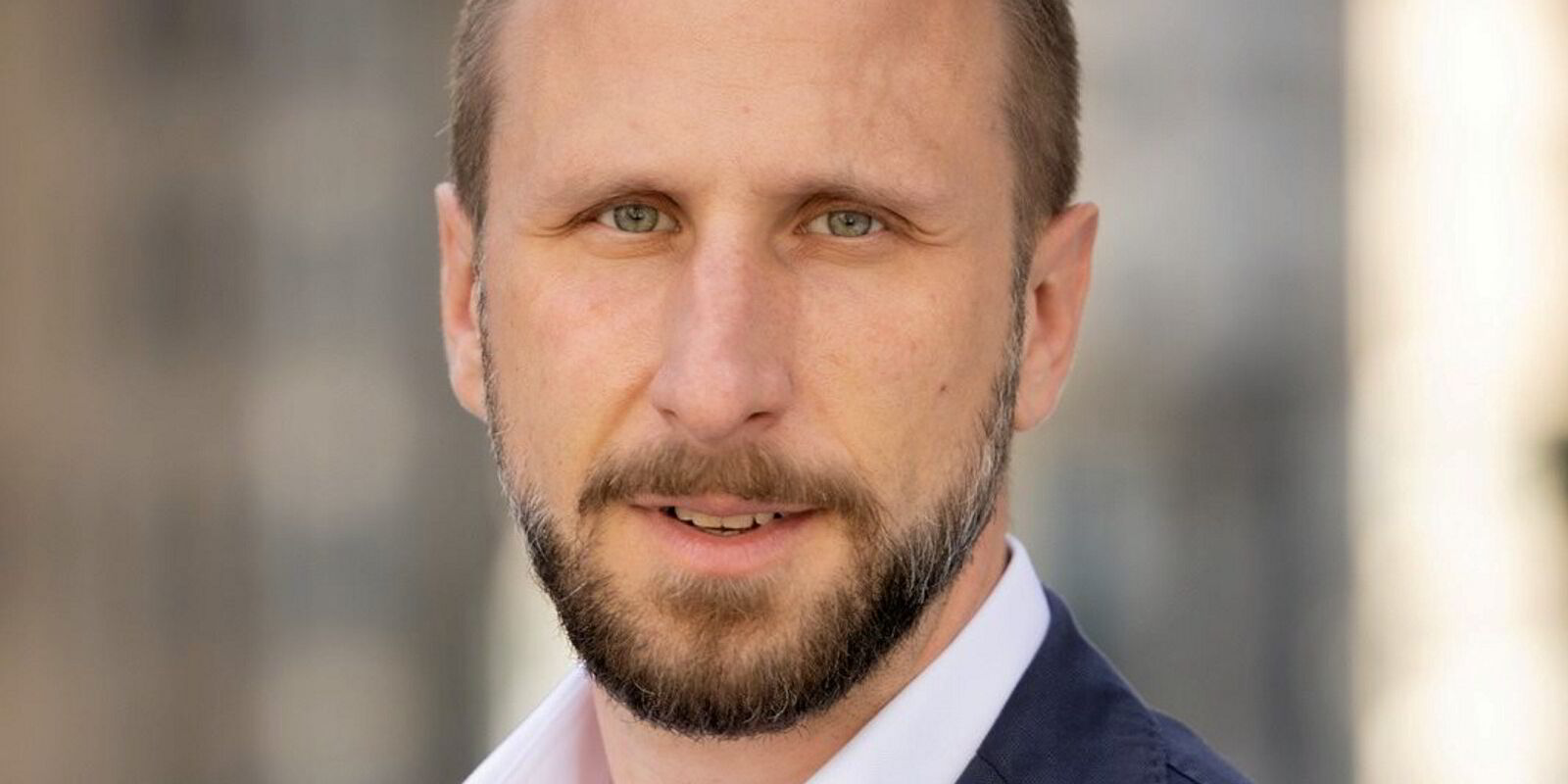Torm is sticking to the plan when it comes to fleet expansion.
Jacob Meldgaard, chief executive at the Copenhagen and New York-listed product tanker giant, said on Thursday that the company is still looking to do multi-ship deals in cash and stock transactions if a good one comes its way.
“Without doing M&A [mergers and acquisitions], where you’re merging two companies, we’ve done these smaller deals where you’re adding vessels to the fleet by increasing the share count also,” he told TradeWinds.
“I think that’s the model going forward, that’s our thinking. It creates value for both our existing shareholders and the potential new shareholders we’re transacting with.”
In the company’s second-quarter earnings release, Meldgaard said Torm would prioritise dividends and “selectively” expand its fleet as it raised the baseline forecast for 2024 revenue by $50m to $1.15bn.
Its latest additions have followed a clear playbook.
Last month, Torm snapped up eight MR tankers for $340m, with $238m of that in cash and the remainder in 2.65m in shares in a deal that will boost its fleet to 96 ships once completed.
That followed a transaction with SKS Greentankers in November 2023 that saw the Danish outfit shell out $239m in cash and 5.5m shares for eight LR2s.
It also added seven ships from US-based Alterna Capital in two transactions worth $247m total and another four from China’s Bank of Communications for undisclosed sums, according to figures from VesselsValue.
Meldgaard said Torm was “way beyond the critical mass” it needs as far as fleet size goes.
He said the company did not have a target in mind for how big the fleet had to be.
“We take it quite opportunistically,” Meldgaard said. “If there is a deal we like, that adds value, we’ll look at it. It’s not like we have to add tonnage.”
He also suggested the fleet could shrink slightly in the coming years.
Torm has moved on from older vessels in recent months, most recently divesting two 18-year-old tankers, although those deals have been lower-profile than its en-bloc buys.
“We have a listing, we have a platform. The strategic goal is not to be inferior in size,” Meldgaard said. “You could see us having fewer ships in one or two years. That would not be surprising.”





